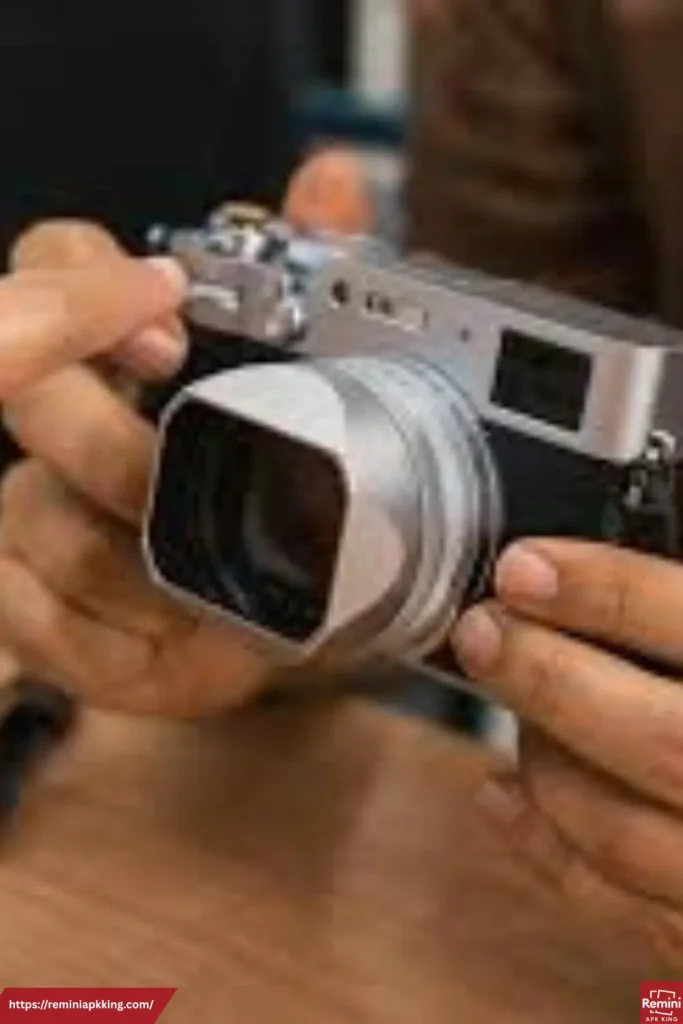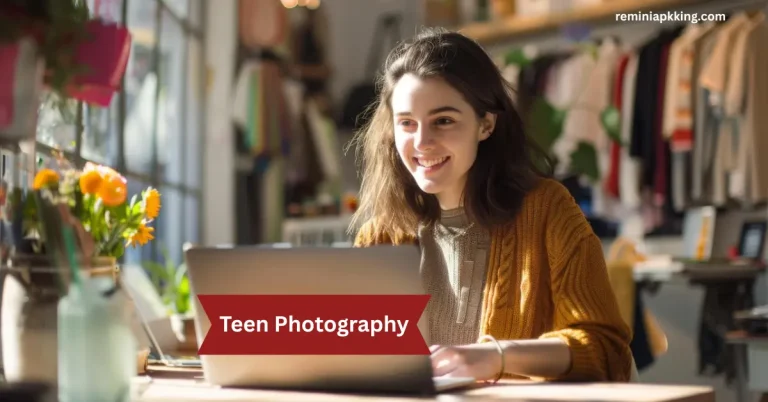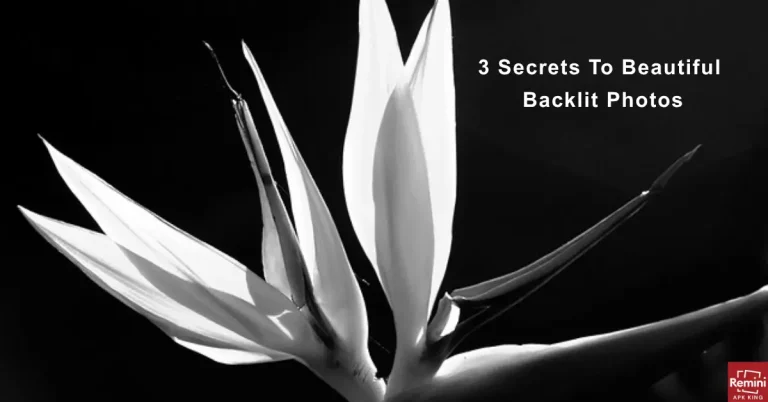How to Shoot in Manual Mode – Top Beginner’s Guide 2025
Did you know that shooting in manual mode gives you full control over your camera settings, just like the pros? Many professional photographers rely on this mode to get the perfect exposure in any lighting. If you want to learn how to shoot in manual mode, this guide will walk you through it step by step using simple words and real-life examples.
Understanding the Basics
Understanding the basics is the first and most important step in learning how to shoot in manual mode. Without knowing what ISO, shutter speed, and aperture do, you’ll feel lost every time you pick up the camera. These three settings work together to control how your photos look, bright or dark, sharp or blurry.

Once you learn how they affect your image, you can start taking clear, creative, and well-lit shots in any situation. Mastering the basics builds your confidence and gives you full control over your photography.
Main Parts of Manual Mode
To master manual mode, you need to understand these three main parts:
- 📸 ISO
Controls your camera’s sensitivity to light.
Low ISO (100–200) for bright areas, high ISO (800+) for dark places. - 🌀 Aperture (f-stop)
Controls how much light enters through the lens and affects background blur.
A low f-number (like f/2.8) gives a blurry background. A high one (like f/11) keeps more in focus. - ⏱ Shutter Speed
Controls how long the camera stays open to capture light.
Fast speed (like 1/1000) freezes motion. Slow speed (like 1/30) adds motion blur.
How to Use Manual Mode Step by Step?
Using manual mode may sound tricky at first, but it becomes simple once you understand its core components. Manual mode gives you control over three key settings, ISO, shutter speed, and aperture. These three work together to control how light or dark your photo is, how sharp it looks, and how much of it stays in focus. Think of them as a team: ISO handles light sensitivity, shutter speed controls motion, and aperture affects depth and background blur.

To use manual mode step by step, start by switching your camera to the “M” setting. Then, set your ISO based on lighting, low for bright areas, high for darker places. Next, choose an aperture depending on how much background blur you want. Finally, adjust the shutter speed to control how motion is captured. Take a test shot and look at the preview. If the photo looks too dark or too bright, tweak just one setting at a time to balance the light. Keep practicing and you’ll get better with every click!
Tips for Better Manual Shots
Want clearer, sharper, and more creative photos in manual mode? Try these easy tips:
- 📷 Start in good light
Practice in daylight first, it’s easier to control brightness. - 🎯 Use your camera’s light meter
It helps you see if the photo will be too dark or too bright before you shoot. - 🧪 Change one setting at a time
Don’t adjust everything at once. Tweak one thing, take a test shot, and learn what it does. - 🌉 Use a tripod for slow shutter speeds
Keeps your photo steady and avoids blur, especially in low light. - 🎨 Try creative blur or motion
Use slow shutter for smooth waterfalls or fast shutter to freeze action. - 📝 Take notes or use memory cards to review
Track which settings gave you the best results and learn from them. - 🔄 Keep practicing
Manual mode takes time, but each shot teaches you something new.

Real Life Examples
Want to see how manual mode works in real situations? Check out these simple examples:
- 🏞 Outdoor Landscape
You’re shooting mountains at sunset. You use ISO 100, f/11 aperture for full sharpness, and slow shutter speed to brighten the photo without grain. - 🎉 Birthday Party Indoors
In a dim room, you use ISO 800, a wide aperture (f/2.8) to let in more light, and a faster shutter speed to freeze the fun without blur. - 🚴♂️ Action Shot (Bike Rider)
You want to freeze motion. You set ISO 400, f/5.6, and a fast shutter speed like 1/1000 to catch every detail clearly. - 🌼 Close-Up Flower
You’re taking a close-up of a flower. You use ISO 100, f/2.8 for a blurry background, and adjust shutter speed to keep it bright.
Enhance Manual Shots with AI Editing Tools
Once you’ve captured stunning photos using manual mode, the next step is editing, and that’s where AI tools like Remini come in. With Remini Mod APK, you can instantly sharpen details, fix low-light issues, and enhance image quality without needing expert editing skills. It’s perfect for beginners who want professional, looking results with just a tap.
Conclusion
So guys, in this article, we’ve covered how to shoot in manual mode in detail. I highly recommend practicing with natural light first, it makes everything easier to learn. Don’t be afraid to make mistakes, just keep trying and adjusting your settings. If you found this guide helpful, share it with a friend who’s learning too and leave a comment with your favorite tip!






